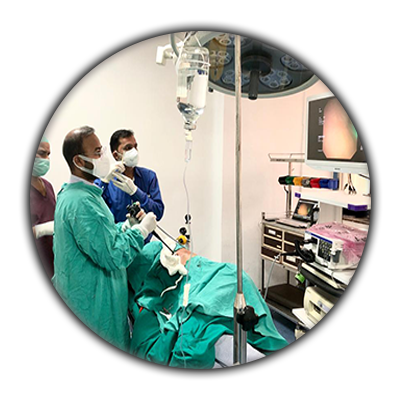Thoracoscopy (थैरोकोस्कोपी)
Thoracoscopy is a scientific technique related to inner exam, biopsy, and/or resection/drainage of disease or loads within the pleural cavity, normally with video assistance. Thoracoscopy may be finished both underneath widespread anesthesia or under sedation with a local anesthetic. Thoracoscopy is a system a physician uses to have a look at the gap inside the chest (out of doors of the lungs). this is performed with a thoracoscope, a skinny, flexible tube with a light and a small video camera on the give up. The tube is installed through a small reduce made close to the decrease quit of the shoulder blade among the ribs.

Why do you need thoracoscopy?
There are a few reasons you might need a thoracoscopy:
To find out why you are having lung problems
This test is used to look for the causes of problems in the lungs (such as trouble breathing or coughing up blood).
You have a suspicious area in your chest that needs to be checked
Thoracoscopy can be used to look at an abnormal area seen on an imaging test (such as a chest x-ray or CT scan). It also can be used to take biopsy samples of lymph nodes, abnormal lung tissue, the chest wall, or the lining of the lung (pleura). It is commonly used for people with mesothelioma and lung cancer.
To treat small lung cancers
Thoracoscopy can sometimes be used to treat small lung cancers by removing just the part of the lung that contains the tumor (wedge resection) or the lobe of a lung (lobectomy) if the tumor is larger. In certain cases it may also be used to treat cancers of the esophagus or thymus gland.
You have fluid around your lungs
Thoracoscopy can be done to remove excess fluid that is around the lung and causing trouble breathing. This fluid can also be sent to the lab and checked for cancer or infection. If fluid around the lungs is removed, but builds up again, medicine can be put into the chest cavity with a thoracoscope to keep the fluid from coming back (pleurodesis).
